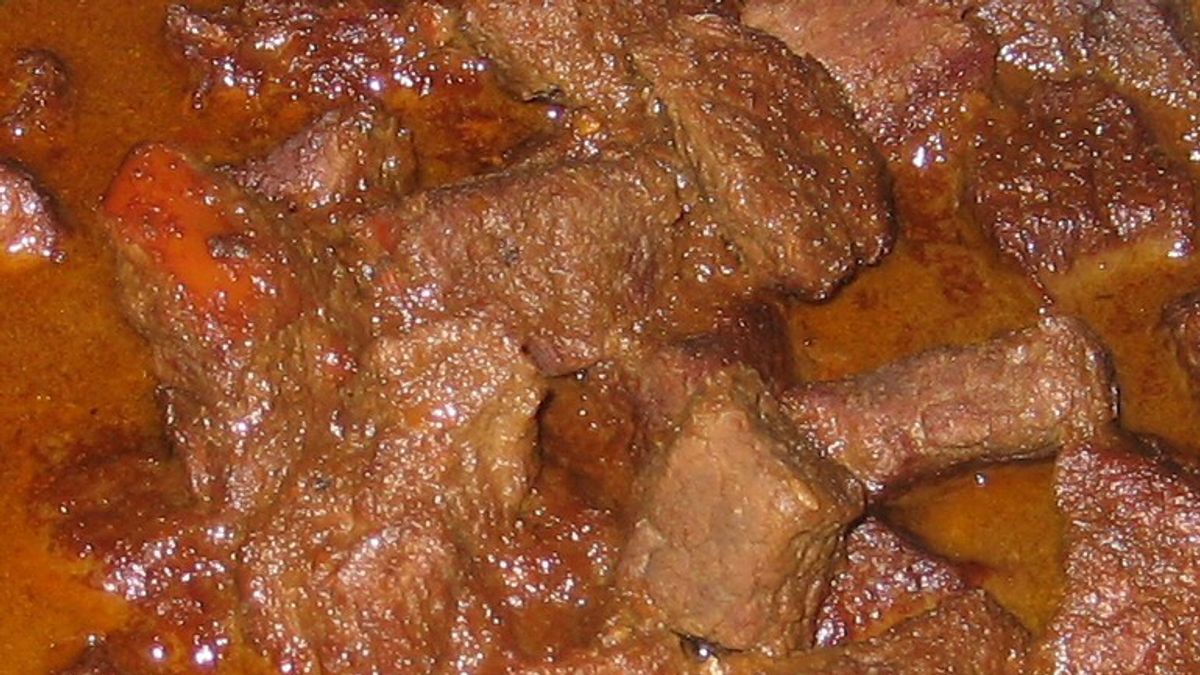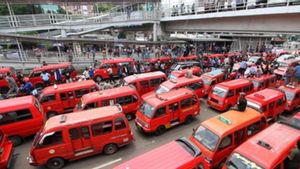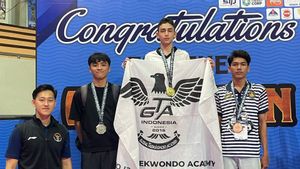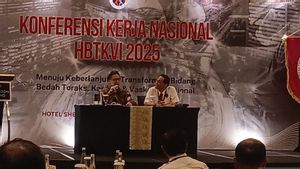JAKARTA - The true history of rendang is a dish specially made for migrants who find it difficult to find a place to stop by. Because it is durable, rendang is a solution for them on the go. Rendang is not only delicious food anymore useful, but also contains a deep educational philosophical meaning.
As told by Metron Masdison in his book Rendang Nan Delicious (2018). If traced from the Minangkabau custom, rendang already existed in 1550. Since then the Minang people have liked to migrate to the Malacca Strait and Singapore.
The trip period can take up to a month or more. Meanwhile, in the past there was no place to stop on the way. "Therefore, migrants prepare durable food. Rendanglah is the answer," wrote Masdison.
Rendang or the Minang people call it randang, from the word marandang, which means cooking coconut milk to dry slowly. It takes a long time for coconut milk to dry. The goal, none other than to make food last longer for months.
No wonder the types of rendang reach more than two hundreds. The reason is not only beef rendang, but also egg rendang, chicken rendang, jengkol rendang and many more.
Another note regarding rendang was written by a Dutchman named Colonel Stuers in 1827. In his notes, Stuers did not mention rendang specifically. But he said the food was blackened and scorched. It is suspected that this fits the characteristics of rendang.
When viewed from its shape, it is possible that rendang is a change from curry, a typical Indian food. There is a point too. Traders from Gujarat, India have been around since the 14th century. They came with their special spices. Therefore, rendang is considered an advanced process of curry. The difference is, rendang is drier.
Educational philosophyRendang is a food full of meaning. Who would have thought that rendang contained a deep educational philosophy.
Dwi Desi Fajarsari in her journal entitled Educational Values in Culinary Rendang (2017) examines the philosophy of rendang using a language and cultural study approach. As a means of communication, language is based on culture.
Meanwhile, culture is the creation of human initiative and taste, both concrete and abstract. Meanwhile, food belongs to a concrete culture.
Food or culinary is a processed product related to the uniqueness of an area. Just like language, culinary is a form of culture.
In the philosophy of Minangkabau customs and culture, rendang has an honorable position. Rendang consists of three main ingredients full of meaning, namely meat, chilies, and coconut.
Coconut is what is symbolized as having the value of moral education. Coconut is defined as the community dynamist cleverly.
According to Dwi, based on his philosophy, a person must study so that he is educated and able to be responsible for his behavior. In addition, a person is also required to be a driving force towards progress in his community.
This spirit can be seen from the Padang food stalls that provide rendang not only in Padang but in almost all over the archipelago, even to Europe and America. "This shows that there are people who live in Minang, especially men," wrote Dwi.
This means that for them this realm is a vast learning field. People must achieve social advancement and become minimally useful people to the environment around them.
The English, Chinese, Japanese, Arabic, and French versions are automatically generated by the AI. So there may still be inaccuracies in translating, please always see Indonesian as our main language. (system supported by DigitalSiber.id)









